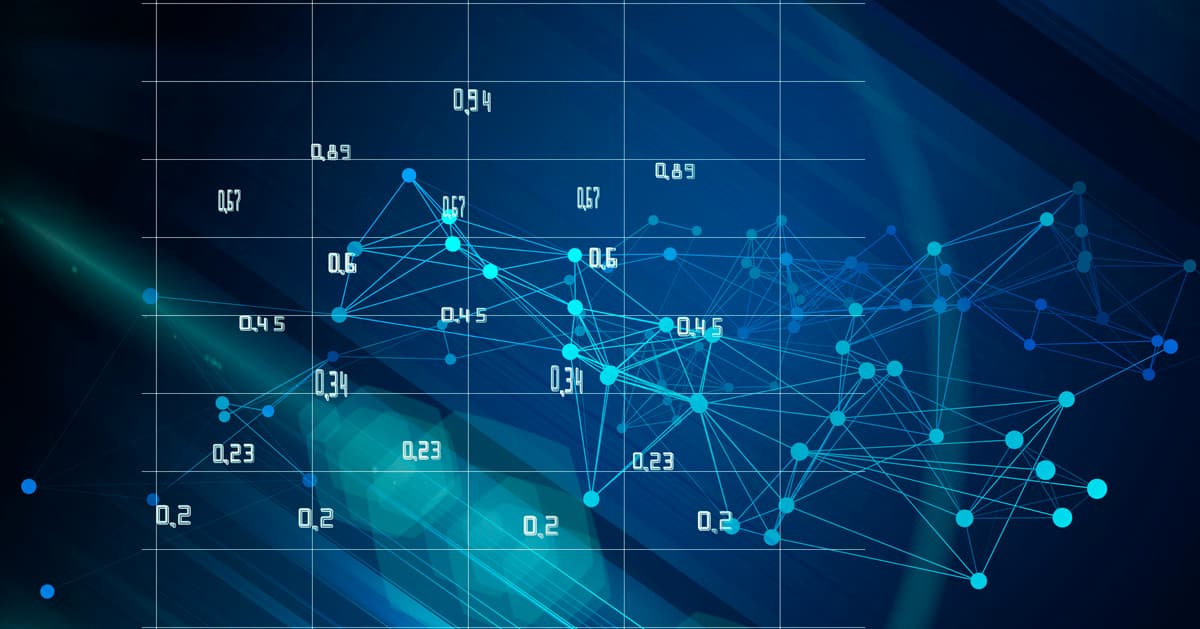
Predictive and prescriptive analytics are both important parts of analytics because they are used to gather insights and foresee events based on data to optimize projects. Gartner's Analytic Ascendency Model defines the hierarchy of analytical techniques as follows:
 Source: Gartner's Analytic Ascendency Model
Source: Gartner's Analytic Ascendency Model
Predictive analytics helps determine potential outcomes based on historical data and prescriptive analytics helps determine the course of action based on the outcome of predictive analytics. Both strategies are important for any business to stay ahead of the competition. Through this article, we intend to help businesses understand these different concepts.
Predictive Vs. Prescriptive Analytics: Key Differences to Understand
While both of them are important tools for businesses, they both have different roles to play. Below are some major key differences:
|
Predictive Analytics |
Prescriptive Analytics |
|
Forecasts what is likely to happen using data models |
Helps create a business model with data |
|
Predicts when some event is likely to happen |
Recommends data-driven decisions for a business using dependent variables |
|
Yields outputs that are identifiers for taking decisions (non-actionable) |
Creates tangible and measurable models that can aid decision-makers with insights that are free of personal biases |
|
Hypothesizes decision-making based on some finite number of predetermined situations |
Takes into account inputs, variables, and outputs into validated and calibrated business models |
Gartner anticipates the prescriptive analytics software market will experience a 20.6% compound annual growth rate (CAGR) between 2017 and 2022. This figure indicates that the difference between predictive and prescriptive analytics does matter. Predictive analytics identifies problems and challenges, and it is important to understand the difference between identifying the problem and what problems can be tackled using analytics.
Predictive Analytics:
- Identifies trends and patterns, analyzes data, creates models for inventory management, demand forecasting, and customer churn
- Focuses on a defined set of parameters and are generally short term
- Measures metrics in isolation without considering the overall impact
Prescriptive Analytics:
- Optimizes heuristic data models for profitability, such as inventory strategy for consumer goods based on customer requirements
- Explores what-if conditions and trade-offs without the limitations of predetermined scenarios
- Reflects business processes with calibrated models to get actionable insights
Key Takeaways
It is critical businesses know the differences and talk about the problems that can be solved using these types of analytics. Predictive analytics provides short-term metrics for business understanding and prescriptive analytics will provide answers for long-term decision-making. As business grows, algorithms must be tuned with the latest data to capture recent and relevant insights.
In this case study, Nisum helps increase segment sales by 20% with optimized forecasting for a retail giant with a combination of forecasting techniques.
How Nisum Can Help
Nisum helps in accelerating data transformations and empowers businesses to make smart decisions based on real-time, fact-based intelligence, and insights. It is a flexible and holistic partner that provides clients an accelerated competitive edge by delivering smarter insights at scale. To learn more about our Insights & Analytics services, contact us.
Explore our Forecasting and Continuous Estimation Accelerator to leverage advanced analytics to extract fast, real-time, and actionable value from the data sources, this proprietary accelerator expedites the build-out of machine-learning models at scale.
If you are looking to accelerate your data transformation journey, check out our proprietary Data Ingestion Accelerator that will help in making the diverse data sources ready to quickly capture the most potential and extract the most value from the data.




